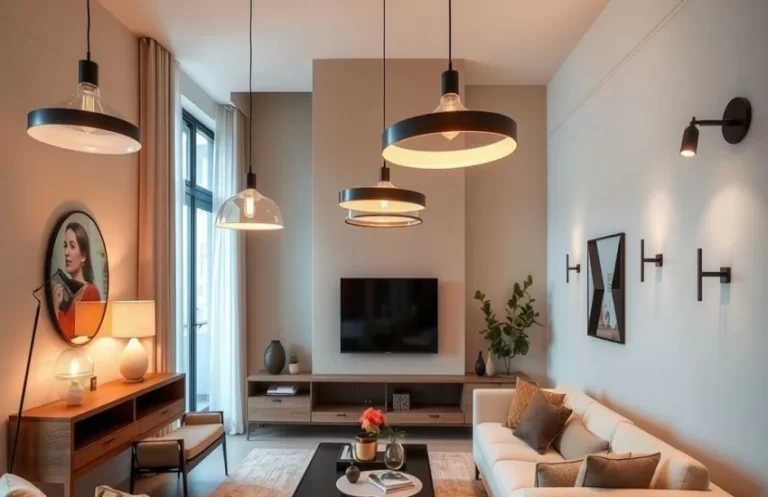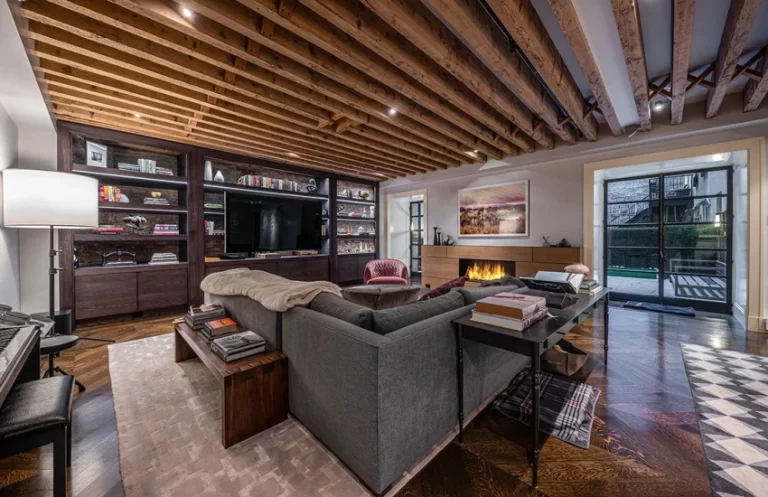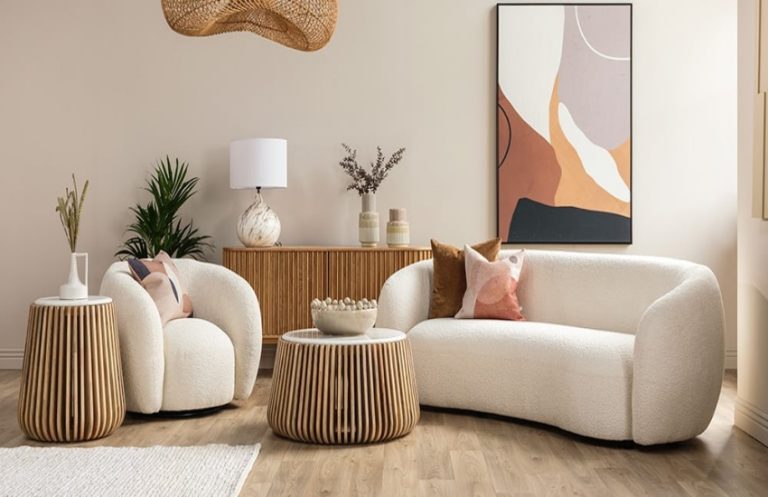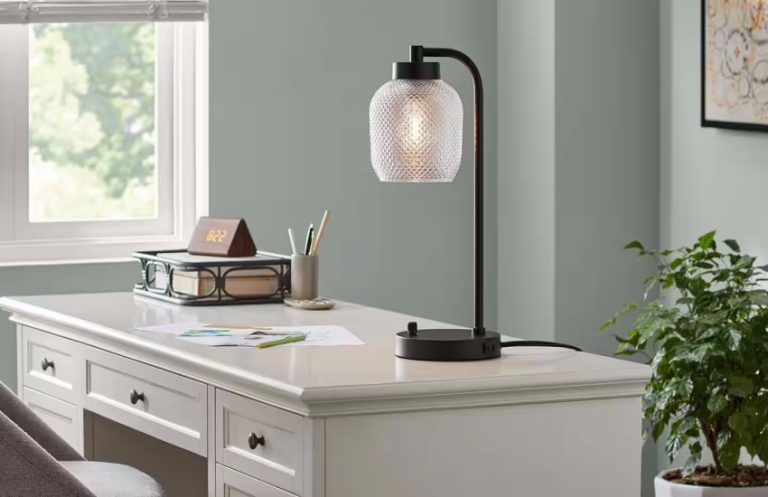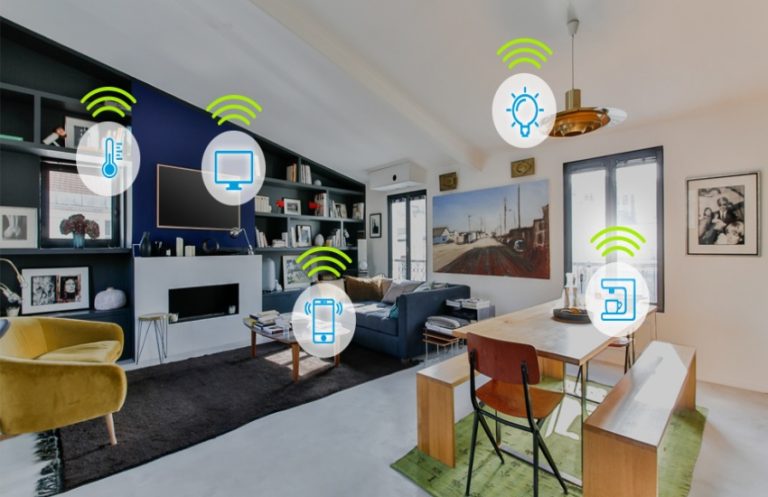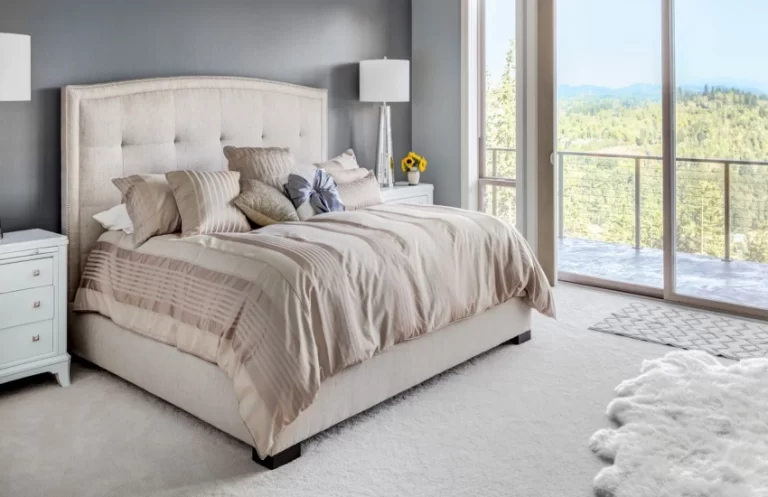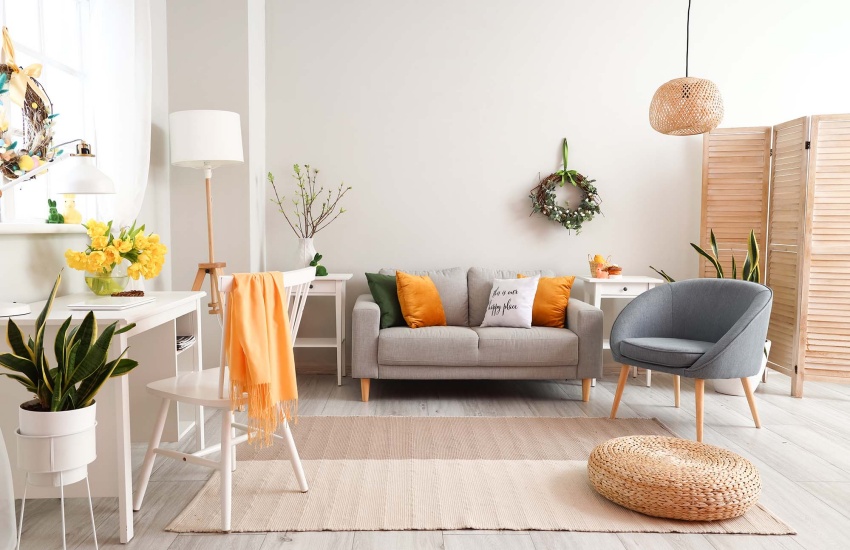
Size is a crucial consideration when selecting an area rug. An appropriately sized rug can define areas within a room, creating a sense of cohesion and organization. In living rooms, placing a rug under the front legs of furniture can establish a welcoming seating area. In dining rooms, ensuring the rug extends beyond the edges of the table allows for easy movement of chairs without slipping off the rug. Measuring the space before purchasing can help ensure the rug fits perfectly, enhancing the overall layout.
Material plays a significant role in the rug’s durability and comfort. Common materials include wool, cotton, synthetic fibers, and jute, each offering unique qualities. Wool rugs are known for their softness and resilience, making them ideal for high-traffic areas. Cotton rugs are lightweight and easy to clean, suitable for casual spaces. Synthetic options often provide stain resistance and affordability. Choosing the right material based on the room’s usage and desired maintenance level can enhance the rug’s longevity.
Color and pattern are essential for creating visual interest in a room. A well-chosen rug can serve as a focal point, tying together various design elements. Neutral colors can create a calming atmosphere, while bold patterns can add vibrancy and personality. When selecting a rug, considering the existing color palette and style of the room is vital. A patterned rug can add depth to a minimalist space, while a solid rug can ground a room filled with colorful decor.
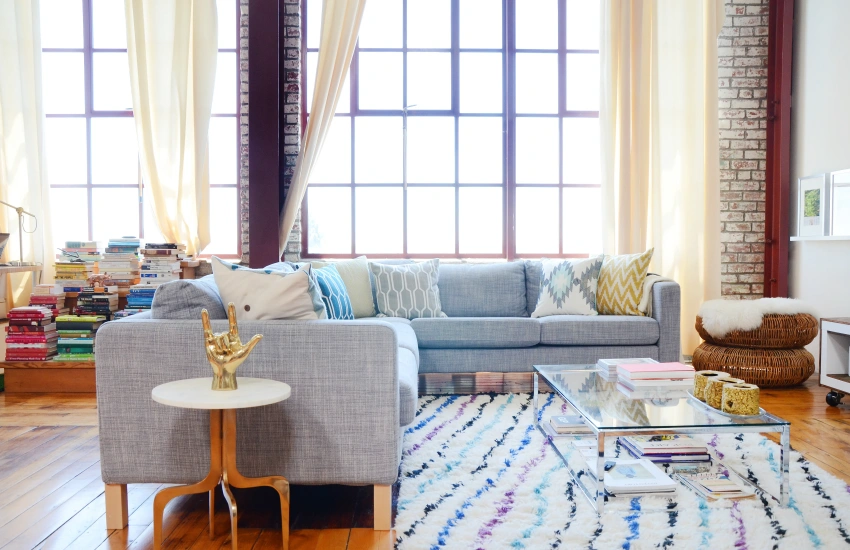
Texture is another important aspect of area rugs that can influence the overall feel of a room. Rugs with varied textures can create a layered look, adding dimension and warmth. Shag rugs offer plush comfort, while flatweave rugs provide a sleek finish. Mixing textures can enhance the visual appeal and create an inviting atmosphere. Experimenting with different textures can elevate the design and make the space feel more dynamic.
Placement of the area rug can also affect the flow of a room. Ensuring the rug is positioned correctly can enhance the room’s functionality. In open-concept spaces, using rugs to delineate different areas can create a sense of separation while maintaining an open feel. In bedrooms, placing a rug beside the bed can provide comfort when stepping out in the morning. Thoughtful placement can improve the overall layout and usability of the space.
Maintenance is an essential consideration when selecting an area rug. Understanding the cleaning requirements of different materials can help ensure the rug remains in good condition. Some rugs may require professional cleaning, while others can be easily vacuumed or spot-cleaned. Considering the lifestyle and traffic patterns of the household can inform the choice of rug material and style, ensuring it meets both aesthetic and practical needs.
Area rugs into home decor can significantly enhance the overall design and comfort of a space. By paying attention to size, material, color, texture, placement, and maintenance, homeowners can select rugs that not only complement their style but also improve the functionality of their living environments. Thoughtful choices can result in a cohesive and inviting atmosphere that reflects personal taste and enhances the enjoyment of the home.
